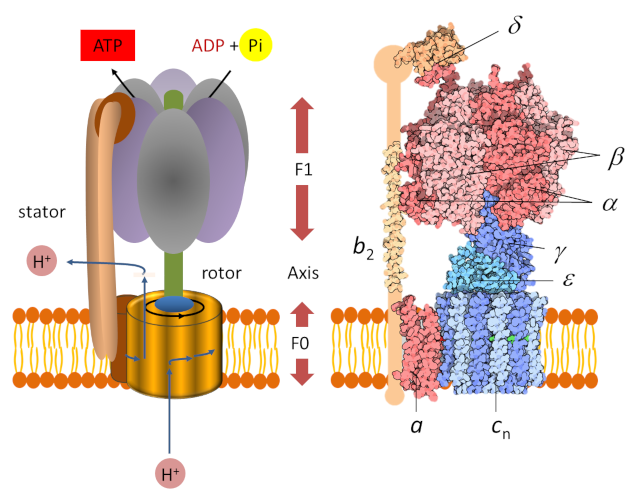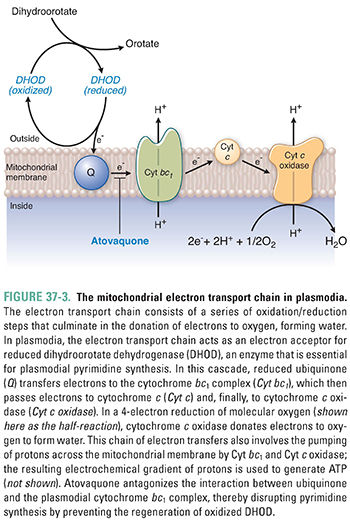
These conditions set up a proton gradient across the thylakoid membrane. The medium also contained ADP and P i, the building blocks of ATP. The broken chloroplasts were then moved to a medium with a relatively low proton concentration. The thylakoids were incubated until equilibrium was reached and the interior of the thylakoids became acidic. The broken chloroplasts were first preincubated in an acidic medium of pH 3.8. They intended to use rapid changes in pH around the thylakoids to create a proton gradient. In one experiment to test the chemiosmotic mechanism, investigators broke open chloroplasts to expose their internal compartments, called thylakoids, that contain the chloroplast's ATP synthase. A change of 1 pH unit means a tenfold change in proton concentration. The compartment with a higher concentration of protons has a lower pH. In this example, which side of the membrane would represent pH 7, and which would represent pH 8? The concept of pH is important in these experiments.

A number of investigators later provided experimental confirmation for Mitchell's ideas. He proposed that a gradient of protons forms across membranes in these organelles and that the movement of protons down this gradient, across the membrane, provides the energy to produce ATP. In 1961, Peter Mitchell proposed a mechanism, called the chemiosmotic mechanism, to describe how mitochondria and chloroplasts produce ATP. The chemiosmotic mechanism was first proposed by Peter Mitchell in 1961 and has since been widely confirmed through experimentation, beginning with an experiment using chloroplasts. Protons diffuse across the membrane through a specific proton channel, called ATP synthase, which couples proton flow with the formation of ATP. This force tends to drive the protons back across the membrane. The proton concentration gradient and the electric charge difference constitute a source of potential energy called the proton-motive force. When protons build up on one side of a membrane, they form an electrochemical gradient across the membrane. In chemiosmosis, proton (H +) diffusion is coupled to ATP synthesis. The process for making ATP during cellular respiration (in mitochondria) and photosynthesis (in chloroplasts) is known as chemiosmosis. ATP fuels so many reactions that a person may use as many as 10 25 of these molecules every day. ATP is the main source of energy for many cellular processes including muscle contraction and cell division.Script Two Experiments Demonstrate the Chemiosmotic Mechanism INTRODUCTIONĬells rely on energy carriers, most notably ATP, to perform cellular work.

Glycolysis and the Krebs cycle are the first two steps of cellular respiration.Īs electrons move along a chain, the movement or momentum is used to create adenosine triphosphate (ATP). The electron transport chain is the third step of aerobic cellular respiration.This movement of protons provides the energy for the production of ATP. The accumulation of protons in the intermembrane space creates an electrochemical gradient that causes protons to flow down the gradient and back into the matrix through ATP synthase.During the passage of electrons, protons are pumped out of the mitochondrial matrix across the inner membrane and into the intermembrane space. Electrons are passed along the chain from protein complex to protein complex until they are donated to oxygen.
DESCRIBE HOW THE PROTON GRADIENT DRIVES ATP SYNTHESIS SERIES
The electron transport chain is a series of protein complexes and electron carrier molecules within the inner membrane of mitochondria that generate ATP for energy.


 0 kommentar(er)
0 kommentar(er)
